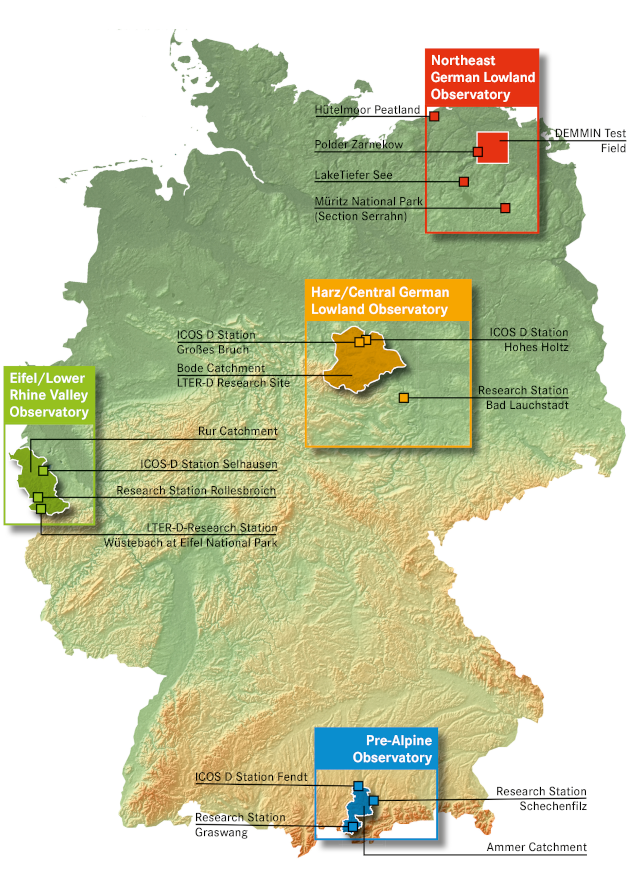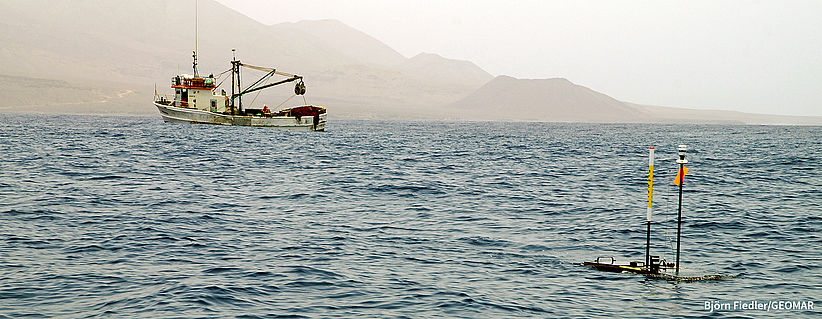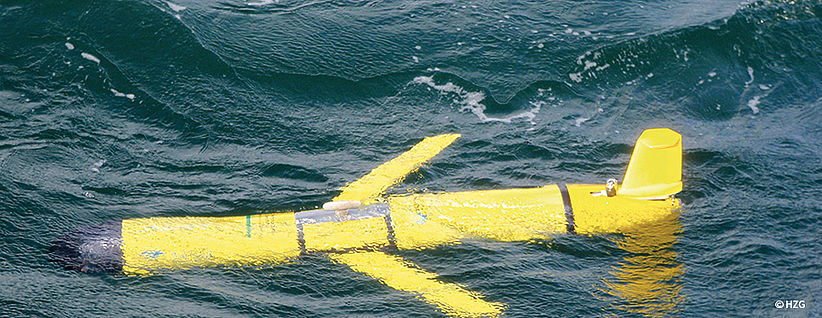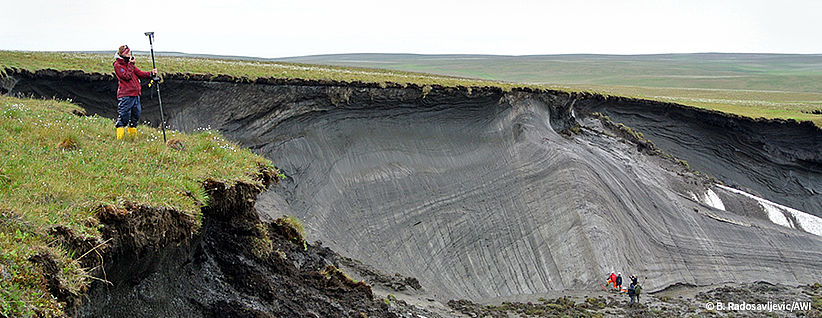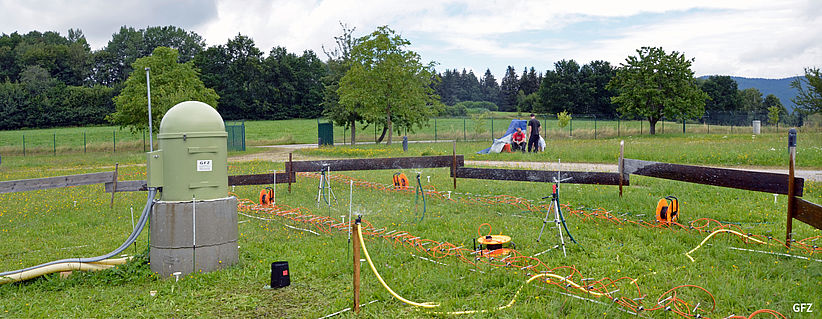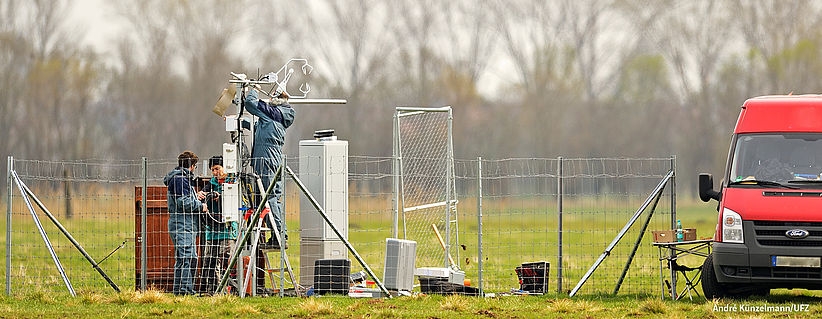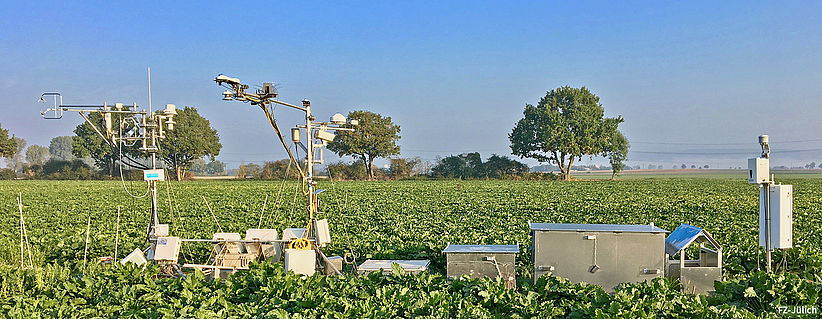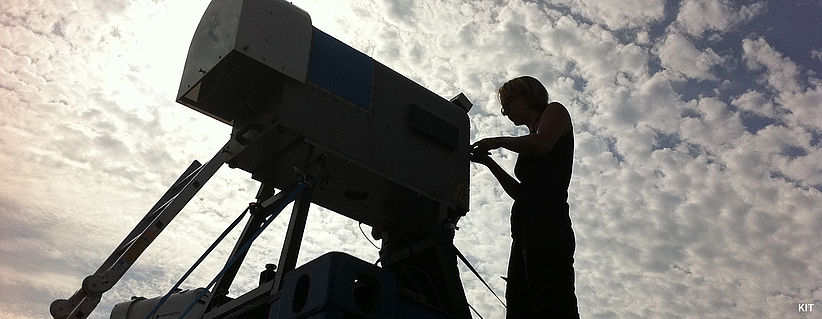Associated Helmholtz Observatories
During the implementation phase, MOSES will take advantage of existing Helmholtz observation sites: COSYNA Coastal Observing System, CVOO Cape Verde Ocean Observatory, Lena Delta/SAMOYLOV Permafrost Observation Station and TERENO Terrestrial Environmental Observatories. These sites are thoroughly equipped for setting up and testing the new facility as well as the event-driven observation concept. All sites are easily accessible, operate in close cooperation with international partners, provide high-quality long-term data sets and are linked to the relevant international monitoring networks. For the regular operation period, they will be highly suitable sites for event-driven campaigns due to their unique long-term monitoring databases.
The Coastal Observing System for Northern and Arctic Seas is an integrated observation and modeling system that provides an operational and synoptic description of the environmental status of the North Sea, Baltic Sea and Arctic coastal waters. COSYNA provides free real-time data, forecasts and tools that help authorities, industry and the public plan and manage routine tasks, respond to emergency situations and evaluate trends. Scientific process studies provide continuous improvement in understanding multi-disciplinary dynamics in a fragile and changing coastal system. COSYNA is a joint observation network of the Helmholtz-Zentrum Geesthacht with ten national partner institutions and is part of EuroGOOS.
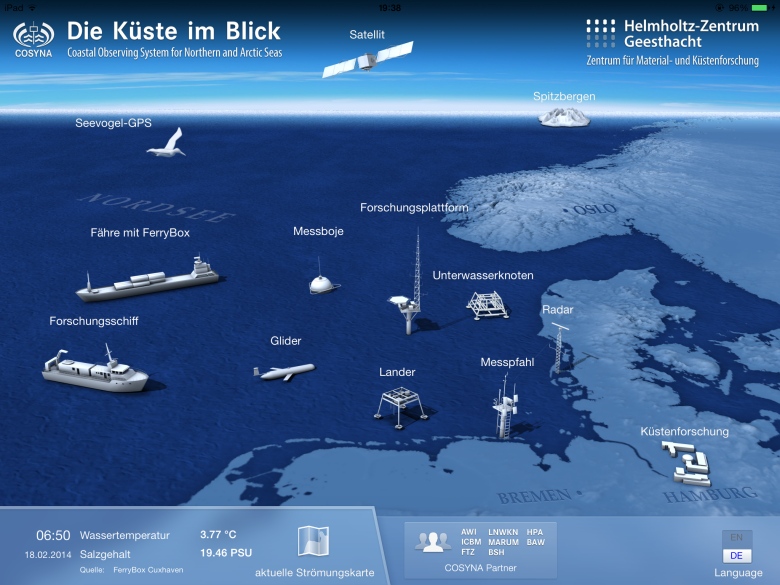
The Cape Verde Ocean Observatory consists of operational atmosphere and ocean observation sites for climate-relevant environmental parameters in the tropical eastern North Atlantic Ocean. The observational program at CVOO is based on two components: a long-term multiparameter deep-sea mooring maintained continuously since 2006 and a ship-based monthly sampling program based on the small Cape Verdean research vessel Islandia. CVOO is operated jointly by GEOMAR and the National Institute for Fisheries Development of Cape Verde. It is an official component of OceanSITES, FixO3/FP7, AtlantOS/H2020 and ICOS. National cooperation has been established with the University of Kiel, the Max-Planck Society and the Leibnitz Society. The local research infrastructure will soon be considerably improved by the joint construction of the Ocean Science Centre Mindelo, which is currently underway.
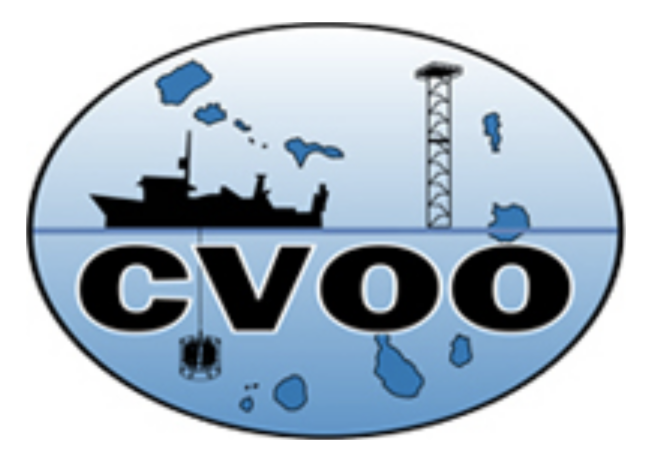
The AWIPEV base was established in 2003 when the German Alfred Wegener Institute (AWI) and the French Institut Paul-Émile Victor (IPEV) merged their previously independent Koldewey and Rabot stations to form the AWIPEV base. Since then, scientists from both countries have been conducting joint research on the effects of climate change in the Arctic as part of the Ny-Ålesund Research Station coordinated by Norway.
The main task of the AWIPEV research base is basic research in environmental sciences. For this purpose, numerous laboratories for physical, biological and chemical investigations as well as living and recreation rooms for the researchers are available here. A centerpiece of AWI's research at Ny-Ålesund is the Atmospheric Observatory, which is used to observe the atmosphere from the ground to the stratosphere. With the help of a wide variety of instruments, the researchers can measure meteorological variables, radiation parameters, and the properties and concentrations of aerosols and trace gases (e.g., ozone) in the troposphere and stratosphere. In this way, they also document climatic and atmospheric changes in the polar regions. In marine biology, AWI is also investigating how marine organisms in the fjords of Spitsbergen react to increased UV radiation and increasing ocean acidification. The geosciences, on the other hand, focus on changes in permafrost soils and glacier systems.
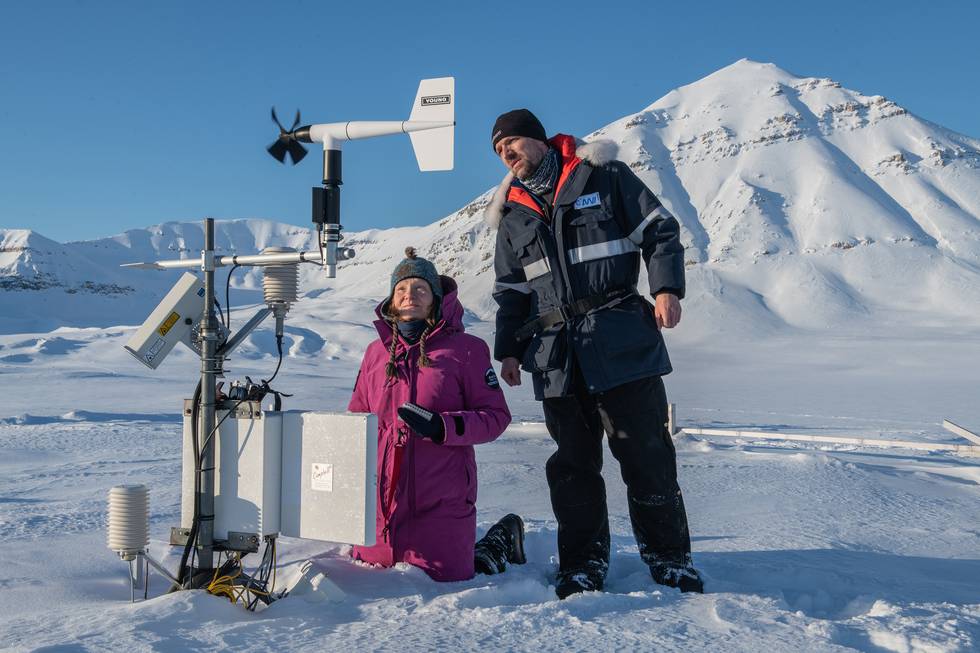 Julia Boike, permafrost researcher, and Bill Cable, engineer, check instruments at the Bayelva long-term permafrost observatory. (Photo: Esther Horvath, AWI)
Julia Boike, permafrost researcher, and Bill Cable, engineer, check instruments at the Bayelva long-term permafrost observatory. (Photo: Esther Horvath, AWI)
Joint Russian-German research has used Samoylov Island as a base for fieldwork since 1998. This cooperation has led to the establishment of a multi-disciplinary research program with long-term data records based at the Samoylov Research Station, jointly operated by the Lena Delta Reserve and AWI. A new state-of-the-art arctic field station, the Research Station Samoylov Island, officially opened in 2013 and maintains year-round operation. It is owned and operated by the Trofimuk Institute for Petroleum Geology and Geophysics, the Siberian Branch of the Russian Academy of Sciences. The joint Russian-German research expeditions LENA, coordinated by AWI, the Arctic and Antarctic Research Institute in St. Petersburg and the Melnikov Permafrost Institute in Yakutsk, are the main users of the new station. German cooperation includes the Universities of Cologne, Hamburg and Potsdam. Long-term observations of permafrost, climate and greenhouse gas fluxes were initiated in 1998. The data are included in international networks such as the European Fluxes Database Cluster, GTNP (part of GCOS) and GCW (Global Cryosphere Watch).
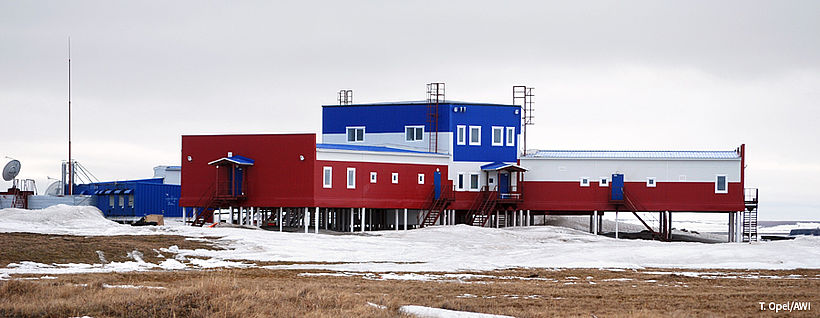
The Terrestrial Environmental Observatories were founded in 2008. TERENO comprises a network of four German terrestrial observatories that cover the subsurface, the land surface (including the biosphere and hydrosphere) and the lower atmosphere. The network capitalizes on new monitoring and measurement technologies, including newly launched satellite platforms. It also embraces integrative modeling approaches combined with data assimilation techniques. Hydrologic units are the basic scaling units in a hierarchy of evolving scales and structures, ranging from the local scale to the regional scale, and facilitate multi-disciplinary process studies. TERENO observational data are available to the science community via the TEODOOR data platform. TERENO is operated by six Helmholtz Centres in close cooperation with more than ten universities. It is part of ICOS and the eLTER research platforms and is presently hosting six Critical Zone Observatories (CZOs), which are part of the international CZEN network. TERENO will serve as a blueprint for the establishment of a European network for long-term ecological research sites and critical zone observatories. In addition, TERENO participates in the international CAL/VAL satellite missions (SMOS and SMAP).
